Please Wait
This won't take a moment...

At the core of every EV is the electric car battery. It’s important to understand how this technology works as it's a vital part of your car. So we’ve put together this handy guide to explain the ins and outs of electric car batteries, like how they work, different types and best practices to prolong their life. Explore below to find out more about your electric car battery or get in touch with your local Pentagon dealership to learn more.
The electric battery stores energy to power your car. When this energy is used up, the battery needs to be recharged. Much like how you need to fill your tank when your petrol is low.
Lithium-ion (Li-ion) batteries are the most commonly used battery type, with electric cars using a large pack of these Li-ion cells to create the battery pack. Thousands of these Li-ion cells work together to power the motor by producing electricity.
All Li-ion batteries go through the charge/discharge cycle. The more times your Li-ion battery undergoes this cycle, the less charge that the battery can hold. But don’t worry, as it will be years before you start to see any difference in charge capacity (most brands offer a warranty of around eight years.)
There are also a few clever tricks that manufacturers use to ensure the longevity of your electric car battery. This includes a technique known as “buffering” where the car doesn’t allow you to use the battery’s full capacity to reduce charging cycles.
Another way that your car preserves its battery is by storing spare capacity which is used over time. This makes up for the degradation over the years so you don’t see a drop in capacity as quickly.
Electric cars have different ranges. Much like combustion engines have different?? sized fuel tanks, EVs have different sized Li-ion batteries. Whilst fuel capacity is measured in litres, battery capacity is measured in kilowatt-hours (kWh).
So the more kWh a battery has, the greater its range. Everyday models tend to have smaller batteries of around 40kWh, which may offer around 150 miles.
But there are plenty of larger batteries available with ranges reaching well over 350 miles. Whilst it varies by model and motor, you can expect anywhere from 150 to 300-mile ranges on modern-day electric cars.
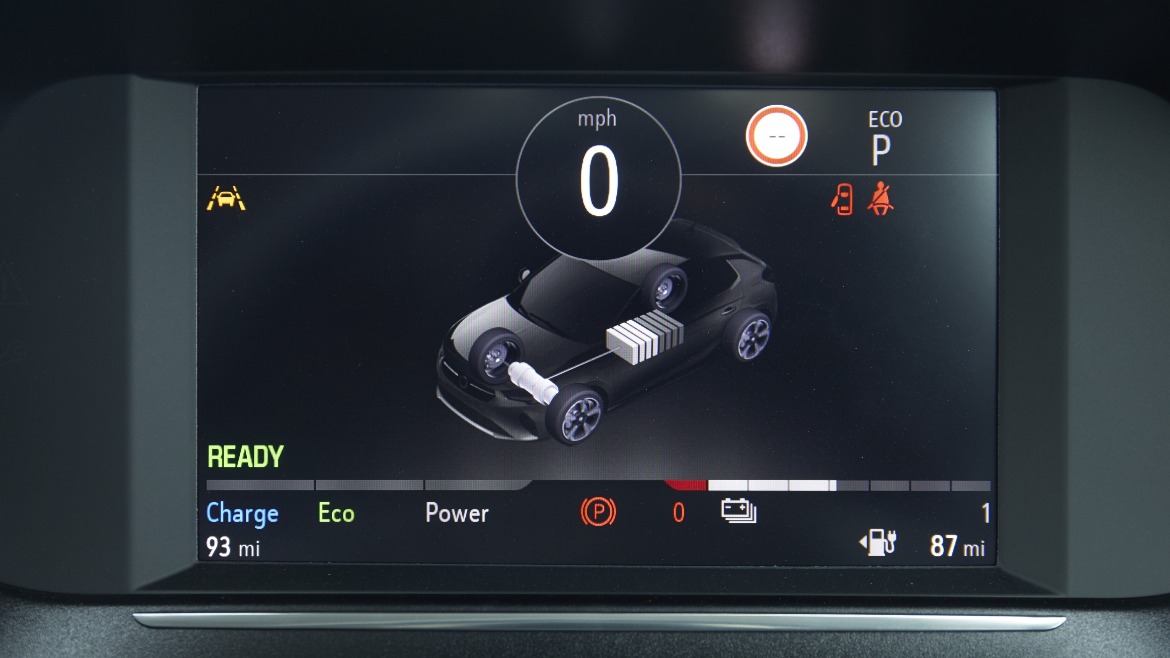
Worldwide Harmonised Light Vehicles Test Procedure range, or WLTP range, is an accurate estimate of an electric car’s electric range, offering “uniform and realistic test conditions worldwide.”
EV range used to be based on New European Drive Cycle (NEDC) but was removed in favour of WLTP which offers more reasonable real-world estimates.
Whilst Li-Ion batteries are the most popular, there are a few other types. Below we explore a few of the batteries used in certain EVs.
The majority of fully electric cars and PHEVs use Li-ion batteries for their power. Benefits include:
Nickel-Metal Hydride batteries are commonly used in full hybrid cars by brands like Toyota. Benefits include:
The way the electric setup works is simple: the battery powers an electric motor that drives the wheels. As soon as you press the pedal, energy is fed into the motor and straight to the wheels which is why EVs have instant acceleration.
The synergy between battery and motor doesn’t end there. When you stop accelerating, the motor acts as a generator and regains power for the battery. More energy is regained when you press the brake pedal, which is known as regenerative braking. This all works together to bolster your car’s electric range.
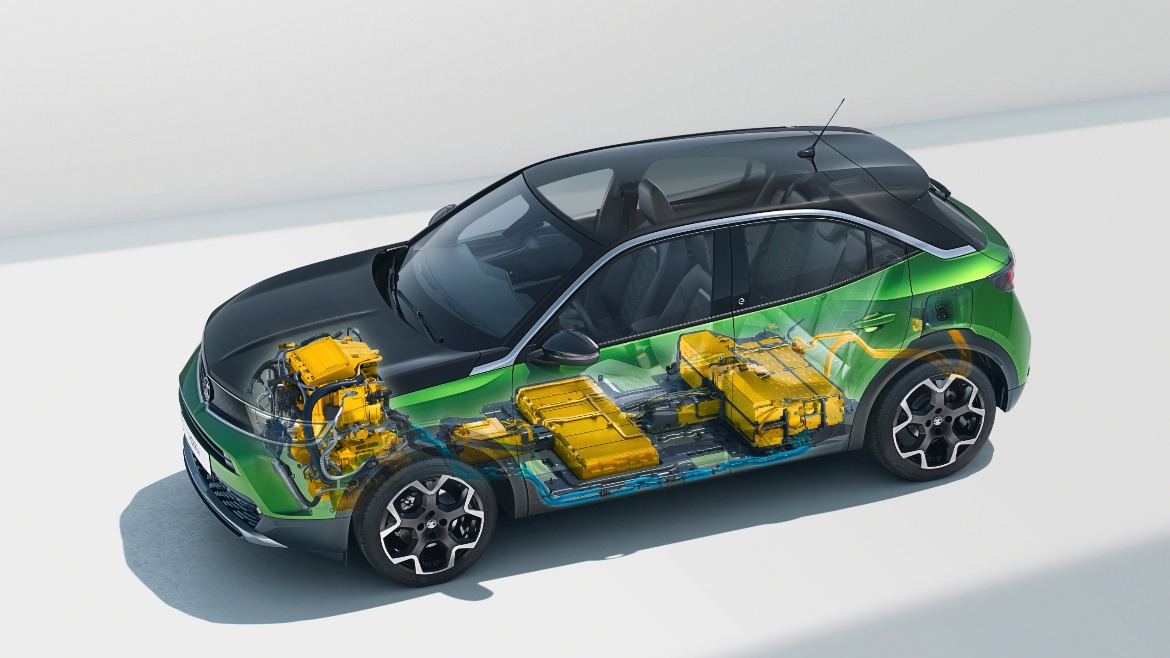
One of the biggest questions around EVs is charging. It’s also one of the easiest parts of having an electric car! Charging is as simple as plugging it into a power source. You can even charge it at home with a simple three-prong plug and wall outlet, although this will take longer than with a wall box or at a charging point.
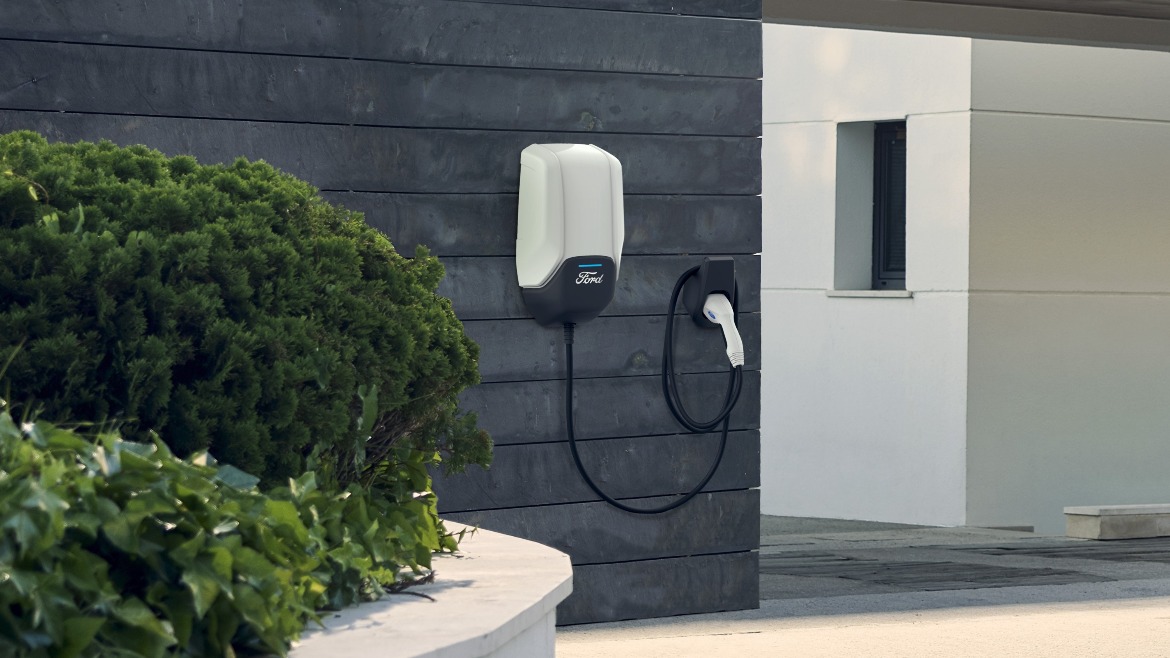
Depending on your living situation, you may be able to get a wall box. This is a fixture that attaches to your home so you can charge your EV or PHEV at home.
Wall boxes work best if you have a driveway, garage or private car park as you'll need easy access from the wallbox to your car.
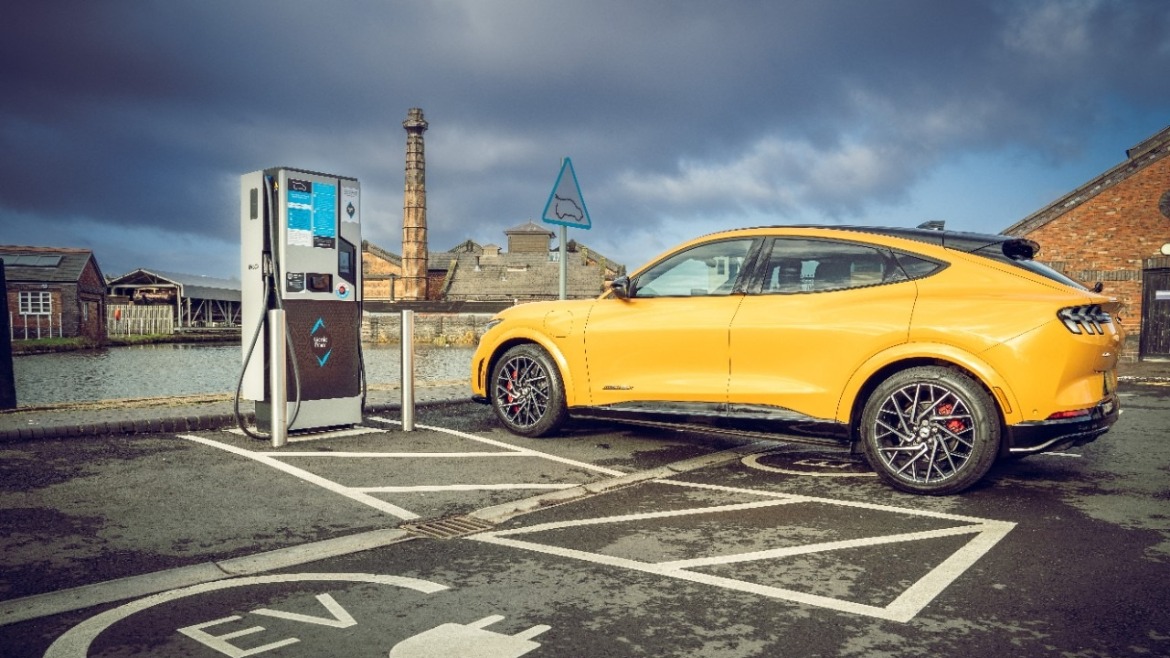
Another place you can recharge your car is at any of the 25,000+ charging points across the country. These range from dedicated electric car charging stations to on-street locations, car parks and supermarkets.
Using quick charging can give you a full charge in no time, with 150kW rapid charging points offering up to 200 miles of range in under 30 minutes*.
*Depending on battery capacity, motor and car model.
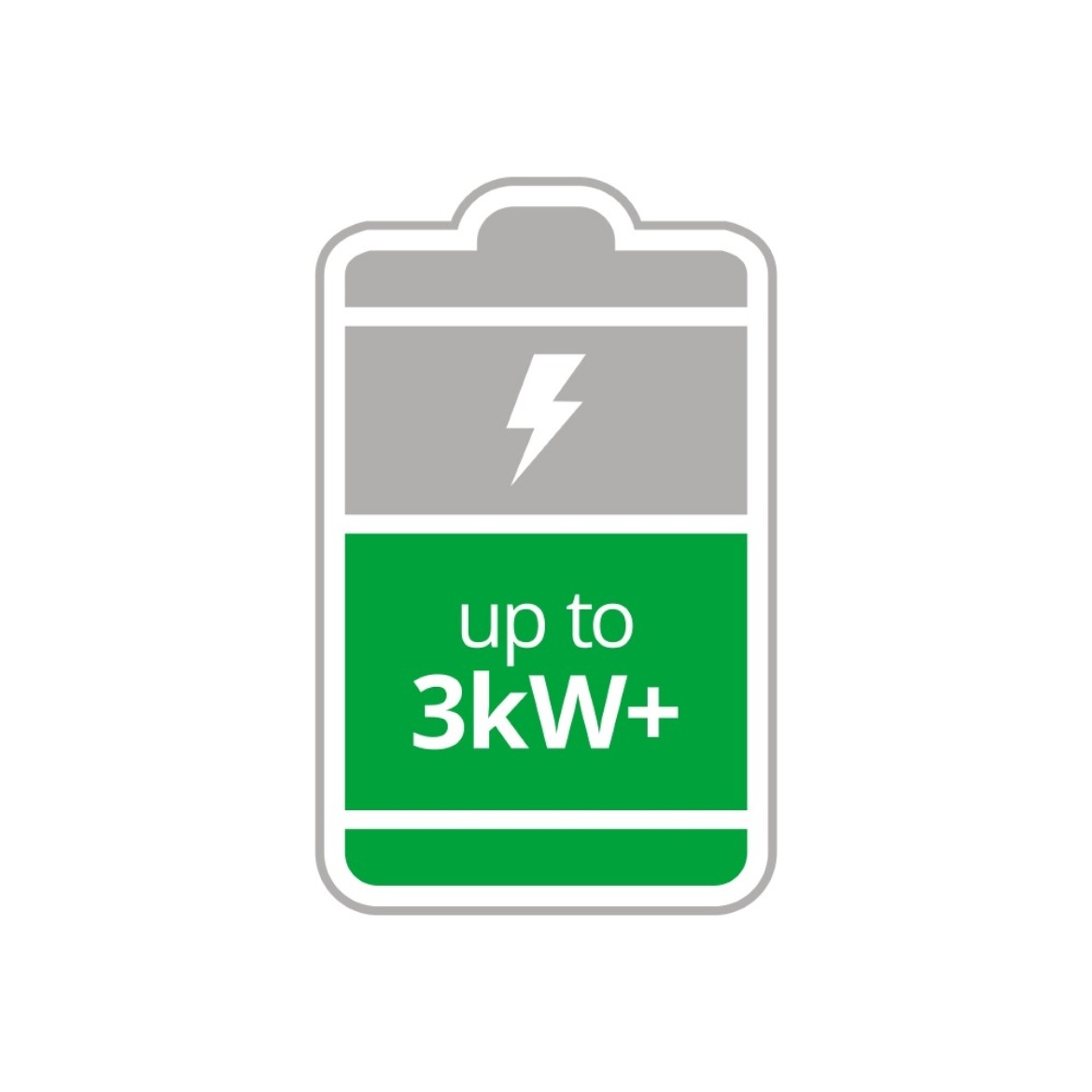
Slow chargers (up to 3kW) are the slowest way to charge and usually used overnight at home. This type of charging can be done using a standard 3-pin plug or one of the connectors in the table below.
Depending on the battery capacity you can expect a full charge to take between 6 and 12 hours. Public slow charging points will most commonly be untethered with a socket to connect to.
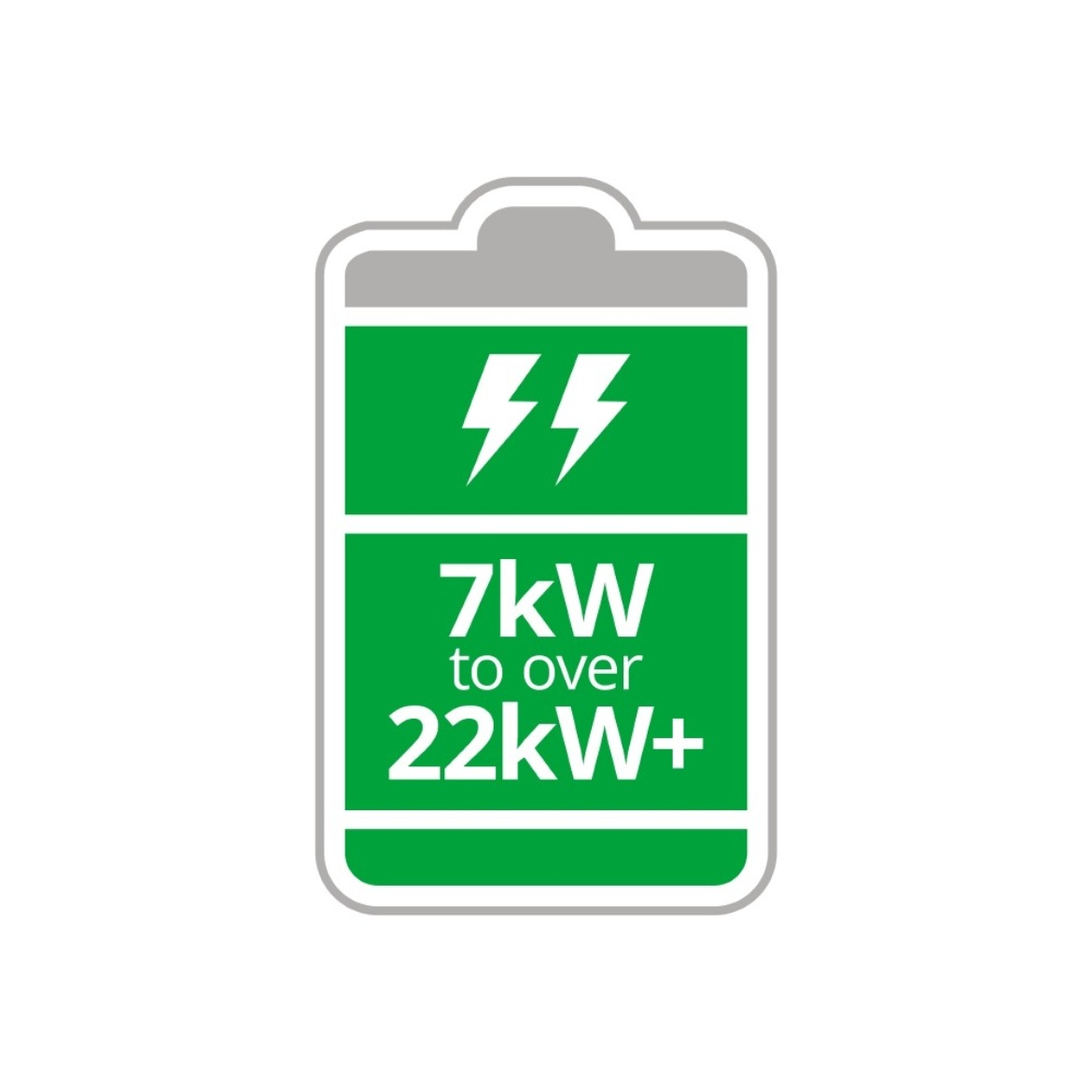
Fast chargers (7kW to 22kW) typically charge a vehicle in 3-4 hours. These chargers are found at car parks, shopping centres and places you tend to be for over an hour.
They're generally untethered but some will have the cable connected so will not be compatible with all cars. A wallbox can be installed to allow fast charging at home.
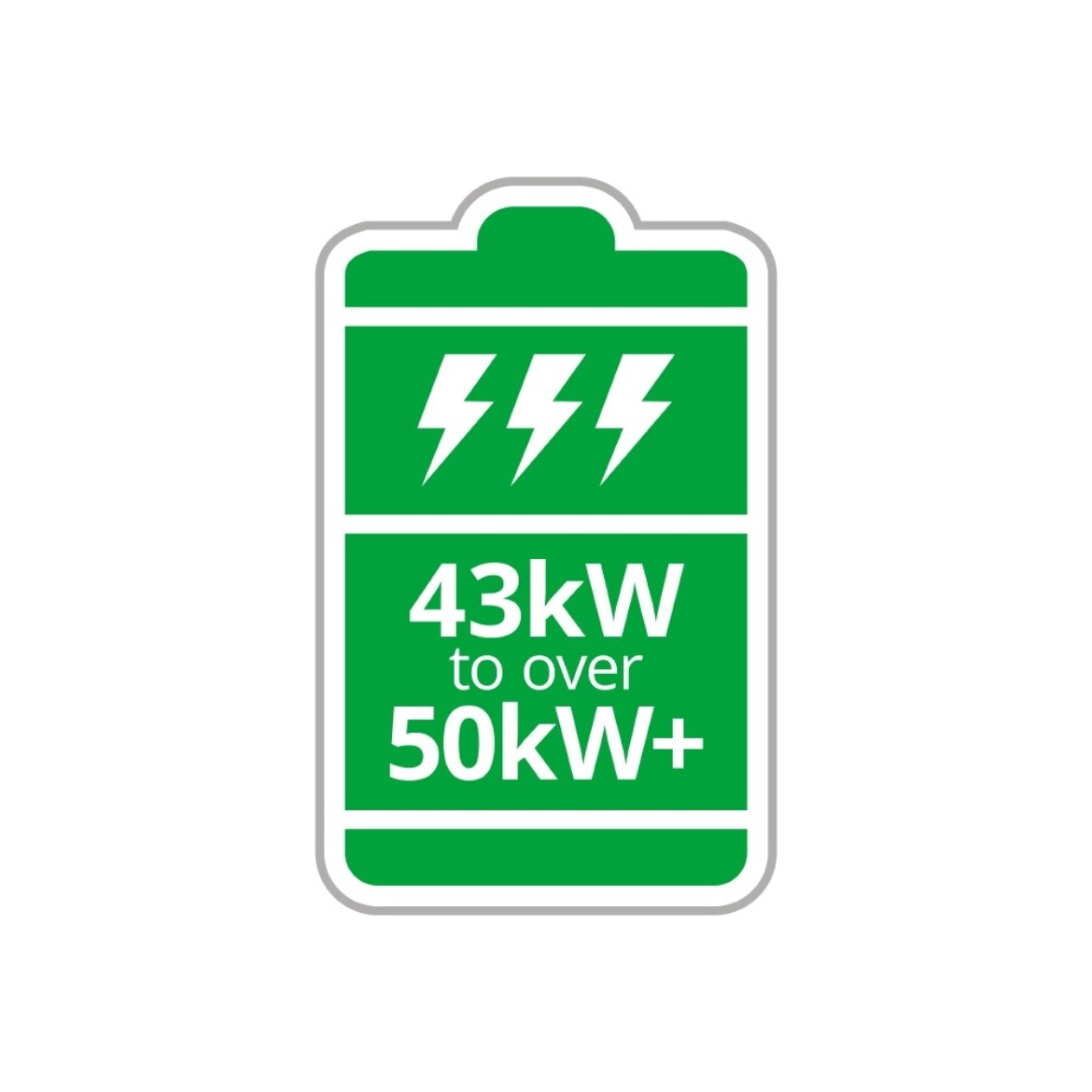
Rapid chargers (43kW to over 50kW) are a very fast way to charge your vehicle. There are 2 kinds: AC (Alternating Current) which deliver 43kW and DC (Direct Current) which are at least 50kW.
Rapid chargers will charge most electric cars to 80% in 30-60 minutes, or can give a quick top up in a matter of minutes. They're typically found at motorway service stations and are tethered.
Did you know there are many locations where you can fully charge your car for free? Zap-Map surveyed all 25,000+ charging points in the UK and found 5,350 were completely free. That’s over 20% of the country’s charging points!
Places like supermarkets, car parks, car dealerships and retail centres offer these free chargers which make your life easier. Just park up, plug in and go shopping.
Not all EVs use the same type of connector between the car and the charging point and not all the plugs are compatible with all types of charging. Here is a quick run-down of what is available and what it is capable of.
|
|
|
Slow Charging |
Fast Charging |
Rapid Charging |
|
Type 1 |
|
|
|
|
|
Type 2 |
|
|
|
|
|
CCS |
|
|
|
|
|
CHAdeMO |
|
|
|
|
|
Commando |
|
|
|
|
|
3-Pin |
|
|
|
|
Type 1; This is a relatively uncommon five-pin plug that can be found on some PHEV cars. There are also cables available that allow a Type 1 cable to connect to a Type 2 charger.
Type 2; This is the most common type of plug seen on BEVs. The seven-pin plug can also be called the Mennekes after the company that designed it and is one of the most versatile charging connections on the market.
CCS; A five-pin plug designed by major German car manufacturers. It is the most common type of charger in Europe and, whilst less common than the Type 2 in the UK, it is not particularly rare.
CHAdeMO; The name is a contraction of “Charge de Move” and the ten-pin plug was designed by Japanese car makers. This is the rapid charger that you are most likely to come across in the UK.
Commando; A three-pin charger that is able to deliver slow charging and fast charging depending on the outlet it is connected to.
3-Pin; Connects to a standard UK home socket to provide slow charging, most EVs will come with this connector as standard plus one of the above for faster charging.
There are a few things you can do to ensure your car’s electric battery lasts long and retains a larger capacity after a few years. These are very simple yet often overlooked tips that will save you money and time in the long run.
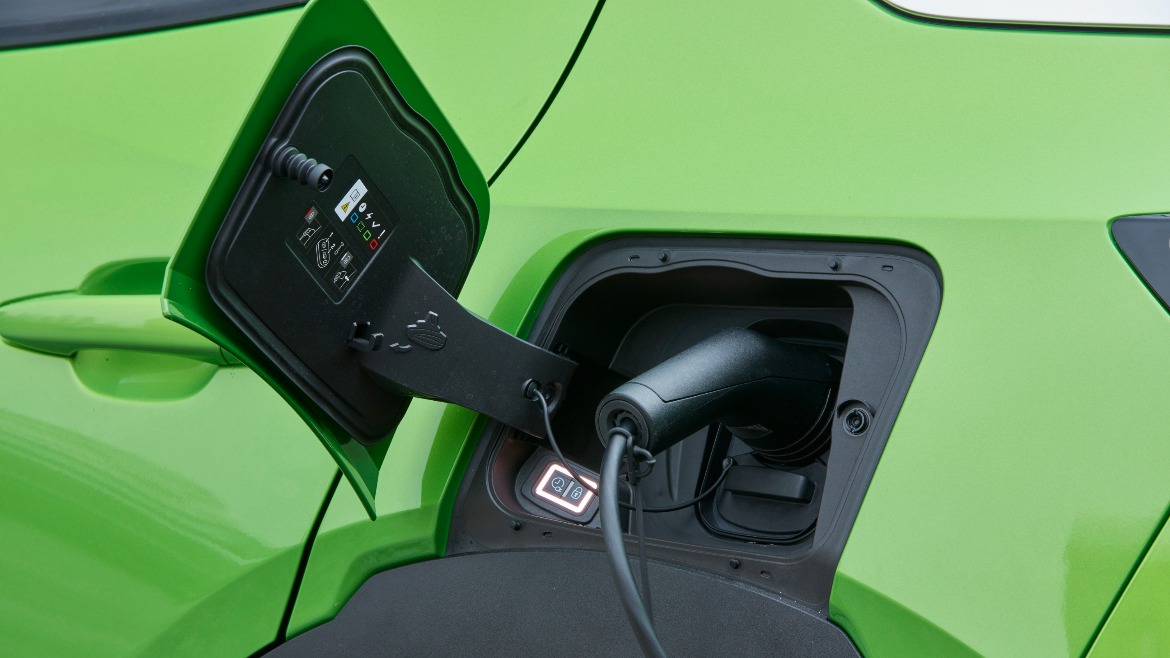
One of the main things you can do during your ownership is to not overcharge your battery. Whilst there are built-in features that stop you from reaching actual full-battery capacity, you should make sure to not leave it charging for longer than necessary. You shouldn’t regularly deplete the battery to 0% and then fully charge to 100%.
Instead, as a general rule of thumb, you should run the battery down to around 10% to 20% and then charge back up to around 80%. This way, you’ll maximise the battery’s life and maintain range.
Don’t be afraid of the occasional 100% charge if you’re going on a long journey, but try to not make a habit out of it. This tip is especially important in the summer due to higher temperatures.
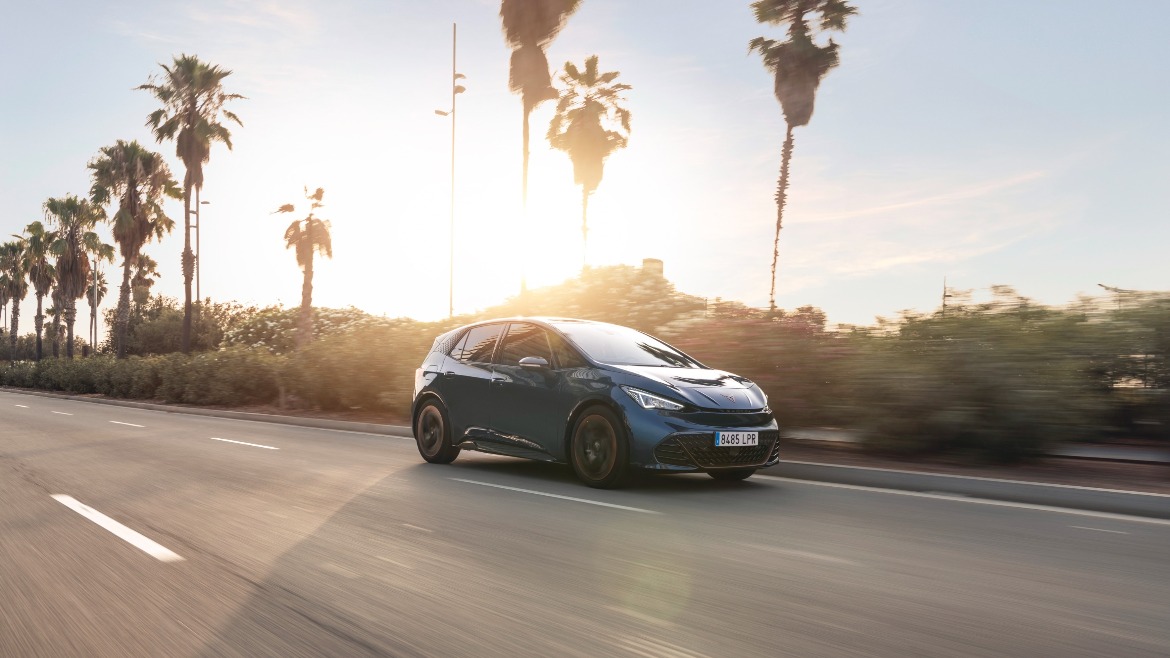
Extremes of weather will affect your battery. If it’s a hot day, park your car in the shade. If it’s freezing out, park under cover or in a garage.
Another way to combat the weather is to pre-acclimatise your electric car before you drive, as using climate control when driving will deplete your battery further.
Most new EVs come with a feature that automatically sets the car’s temperature whilst it charges so you don’t lose range.
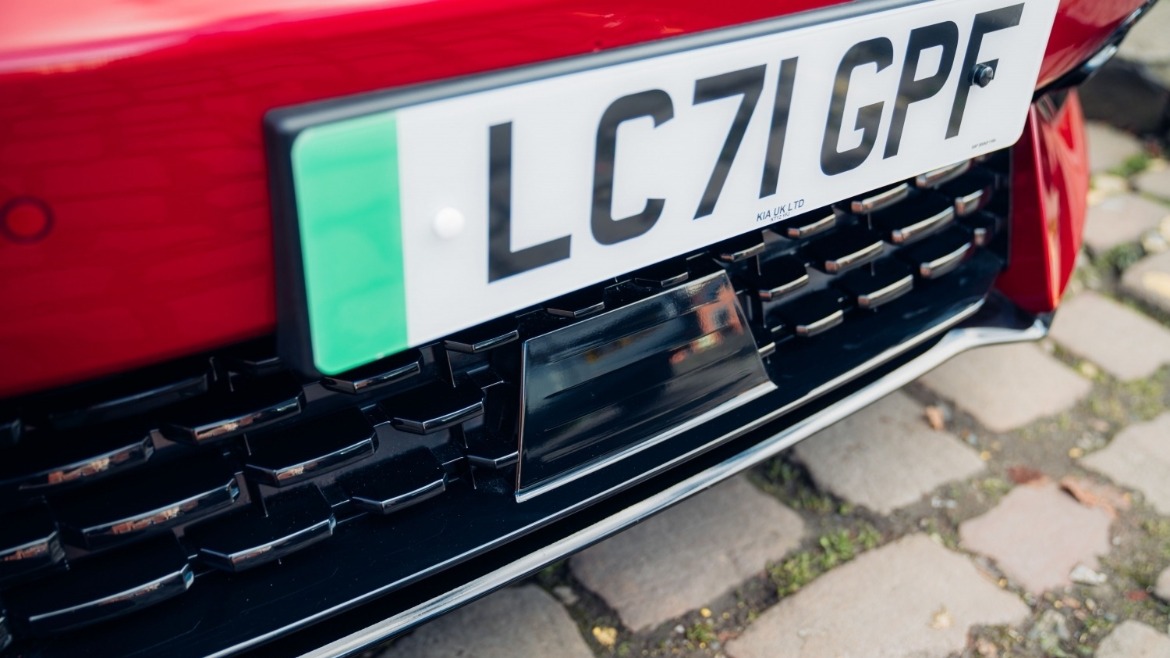
If you can, go for slow charging when you need to top your car up.
Whilst rapid chargers are ideal if you’re in a hurry and need to get up to 80% in under an hour, they aren’t good for the battery’s health in the long run. So these should be used sparingly, and instead opt for slow charging if you can.
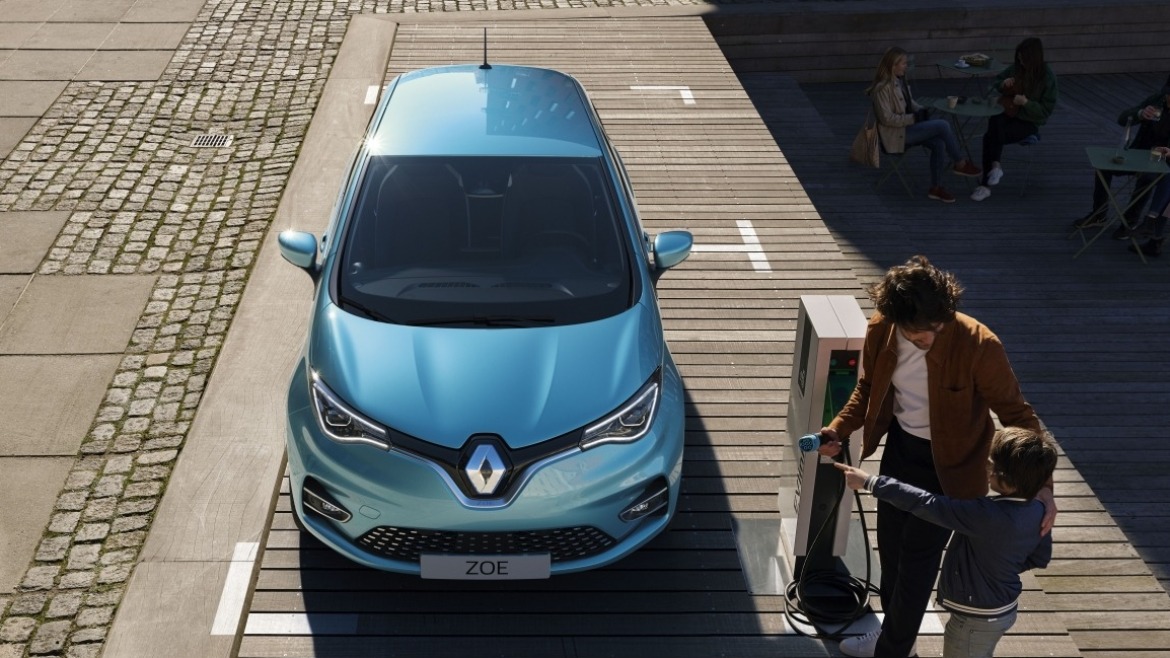
When you get home, give your car some time to cool down before recharging. Especially after a long journey or period of faster driving.
This is again due to the temperature of the battery. Letting it cool down before you start charging helps to maintain capacity.
Yes, you do own the battery in an electric car. Nowadays, the majority of EVs include the battery in the price.
But back in the early days of electric vehicles, some brands used to offer a battery lease. You would own the car but lease the battery from the manufacturer in an attempt to make the purchase price look a lot more affordable.
This practice is now virtually non-existent thanks to a larger adoption of EVs and more affordable models.
Electric car batteries last rather long, especially if you take care of them. Even in the unlikely event that your battery health degrades noticeably, all EVs come with a comprehensive battery warranty.
Every full EV comes with an electric car battery warranty on top of the manufacturer’s standard warranty. This protects you in the unlikely event that your battery loses capacity early or is damaged, replacing or repairing the battery without charge.
This can save you a lot of money as replacing your electric car battery isn’t cheap. And it also helps to retain your car’s value, as it guarantees a certain level of capacity for several years and a certain number of miles.
Electric car battery warranties vary by manufacturer, but most are 7 or 8 years / around 100,000 miles. You’ll even find some manufacturers offer a warranty based purely on years with no mileage cap.
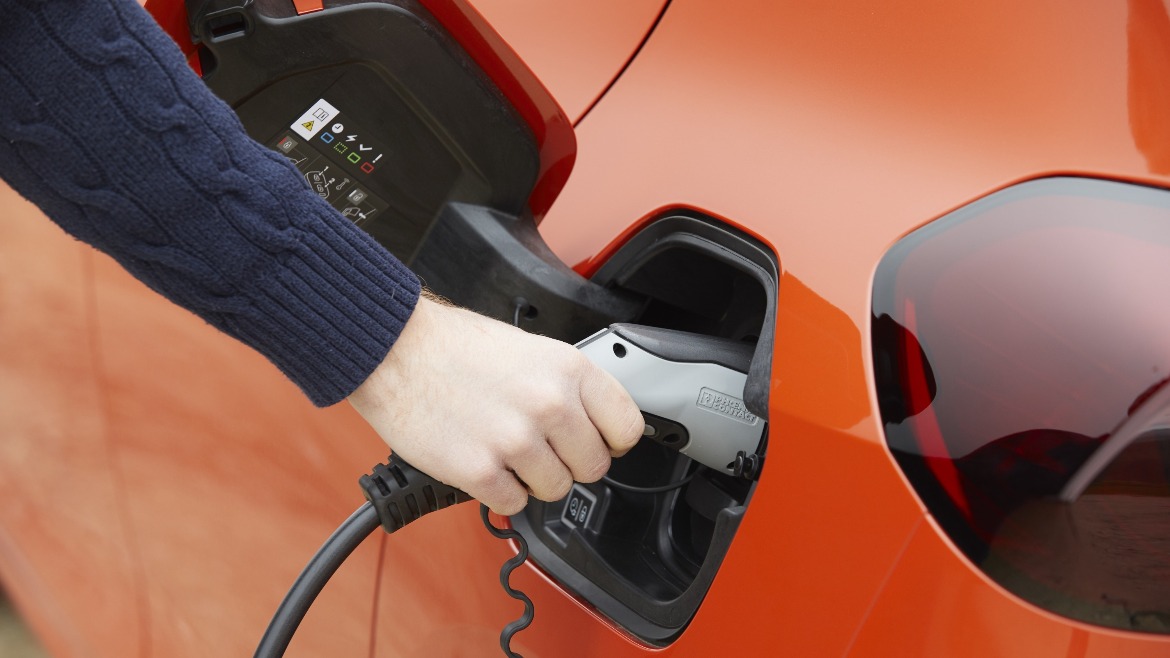
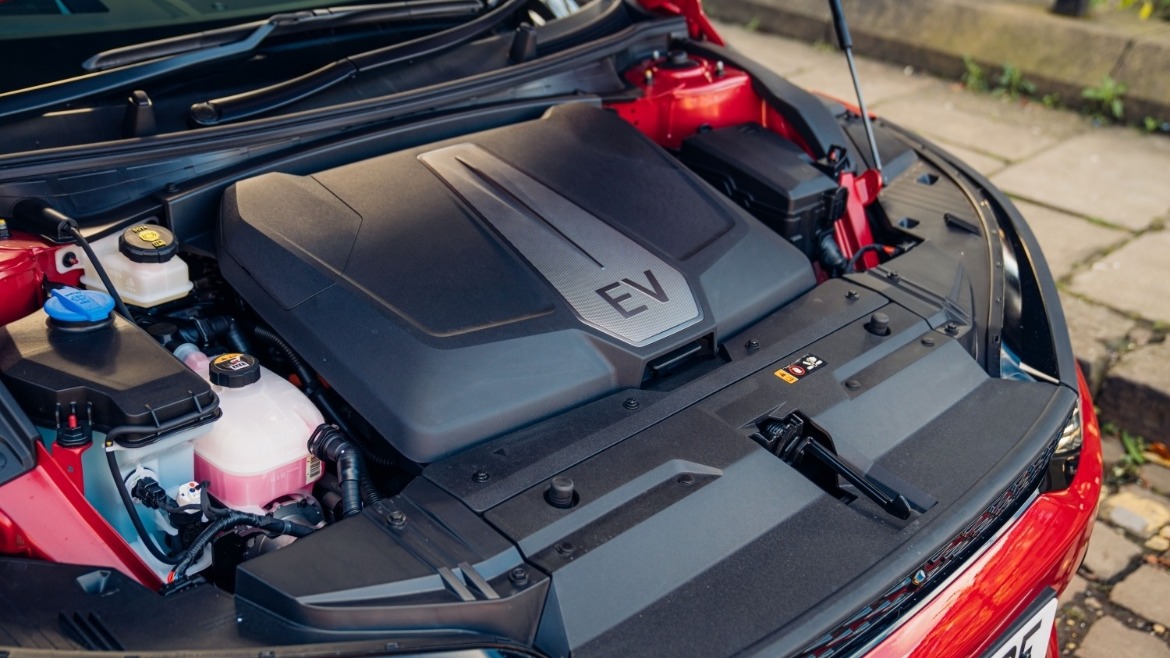
If your battery is in warranty, you won’t have to worry about paying for the new battery. The manufacturer will replace or restore yours back to its original state so you can make the most out of your original mileage again.
You can also replace the battery yourself if it’s out of warranty. This way, you’ll be able to hold onto your electric car for longer, as this is the only major part that is likely to need replacing. Get in touch with your local Pentagon dealership to chat to an expert about EV battery replacement.
How are EV batteries recycled? In a number of ways.
Once removed from a vehicle, electric car batteries have plenty of use left in them. Their capacity may be reduced when it comes to driving, but they still have more than enough power and capacity for other uses.
They can be used for demanding situations like working as energy storage for an electricity network. Or they can be used to power your home - something that’s likely to become more popular as this is something that’s being explored further by manufacturers.
A lot of expensive materials go into making an EV battery. So at the end of their working life, batteries are stripped down to recycle these materials. Around 50% of the materials used to make an EV battery are currently recyclable, but this is likely to increase further in line with the ever-growing popularity of EVs.
Most batteries are harmful to the environment when disposed of incorrectly. So the question is “how do you dispose of an electric car battery?”
Some parts of dead batteries are removed and refurbished to be used in other ways, including other EVs as well as other uses.
The environmental impact of electric car batteries is only improving with new advancements and the wider adoption of EVs. There are plenty of uses for EV batteries before they need to be retired and recycled.
Batteries are taken out of cars to be used elsewhere, then once fully depleted the materials are recycled to create new batteries. As electric vehicles of all types grow in popularity, so will EV batteries’ lifecycles.
Speak with a specialist to learn more about our latest electric and hybrid cars, or book a test drive at a local Pentagon dealership.
Lincoln, Lincolnshire, LN6 7QY
 Pentagon CUPRA Huddersfield
Pentagon CUPRA Huddersfield
Huddersfield, West Yorkshire, HD2 1AA
Lincoln, Lincolnshire, LN6 7QY
Rochdale, Lancashire, OL11 1TQ
 Pentagon Ford Runcorn
Pentagon Ford Runcorn
Runcorn, Cheshire, WA7 2XP
 Pentagon Ford St. Helens
Pentagon Ford St. Helens
St. Helens, Merseyside, WA9 5AD
 Pentagon Ford Warrington
Pentagon Ford Warrington
Warrington, Cheshire, WA2 7NY
 Pentagon Kia Sheffield
Pentagon Kia Sheffield
Sheffield, South Yorkshire, S9 4WA
 Pentagon Mazda Lincoln
Pentagon Mazda Lincoln
Lincoln, Lincolnshire, LN6 7QY
 Pentagon Peugeot Barnsley
Pentagon Peugeot Barnsley
Barnsley, South Yorkshire, S75 1LR
 Pentagon Peugeot Burton Upon Trent
Pentagon Peugeot Burton Upon Trent
Burton-on-Trent, Staffordshire, DE13 0DF
 Pentagon Peugeot Lincoln
Pentagon Peugeot Lincoln
Lincoln, Lincolnshire, LN6 7QY
 Pentagon Peugeot Scunthorpe
Pentagon Peugeot Scunthorpe
Scunthorpe, North Lincolnshire, DN16 3RL
Lincoln, Lincolnshire, LN6 7QY
 Pentagon Renault Rochdale
Pentagon Renault Rochdale
Rochdale, Lancashire, OL11 1TQ
 Pentagon SEAT Huddersfield
Pentagon SEAT Huddersfield
Huddersfield, West Yorkshire, HD2 1AA
 Pentagon SEAT Nottingham - Chilwell
Pentagon SEAT Nottingham - Chilwell
Nottingham, Nottinghamshire, NG9 4AJ
 Pentagon SEAT Oldham - Park Road
Pentagon SEAT Oldham - Park Road
Oldham, Lancashire, OL8 1DB
 Pentagon SEAT Scunthorpe
Pentagon SEAT Scunthorpe
Scunthorpe, North Lincolnshire, DN16 3RL
 Pentagon Vauxhall Burton Upon Trent
Pentagon Vauxhall Burton Upon Trent
Burton-on-Trent, Staffordshire, DE13 0DF
 Pentagon Vauxhall Derby
Pentagon Vauxhall Derby
Derby, Derbyshire, DE21 6HB
 Pentagon Vauxhall Lincoln
Pentagon Vauxhall Lincoln
Lincoln, Lincolnshire, LN6 7QY
 Pentagon Vauxhall Loughborough
Pentagon Vauxhall Loughborough
Loughborough, Leicestershire, LE11 1NE
 Pentagon Vauxhall Mansfield
Pentagon Vauxhall Mansfield
Mansfield, Nottinghamshire, NG18 5HX
 Pentagon Vauxhall Nottingham
Pentagon Vauxhall Nottingham
Nottingham, Nottinghamshire, NG5 6BN
 Pentagon Vauxhall Oldham - Chadderton Way
Pentagon Vauxhall Oldham - Chadderton Way
Oldham, Lancashire, OL1 2QL
 Pentagon Vauxhall Sheffield
Pentagon Vauxhall Sheffield
Sheffield, South Yorkshire, S9 4WA
This won't take a moment...
If you have a query relating to Discretionary Commission Agreements please email customer.care@pentagon-group.co.uk However, please note that if your query related to a purchase more that 7 years ago we will no longer hold any details due to our data retention policy.
This won't take a moment...